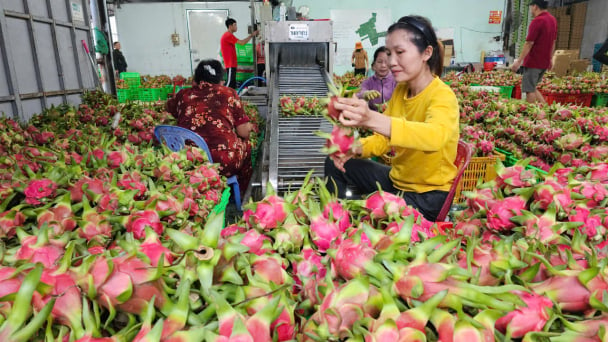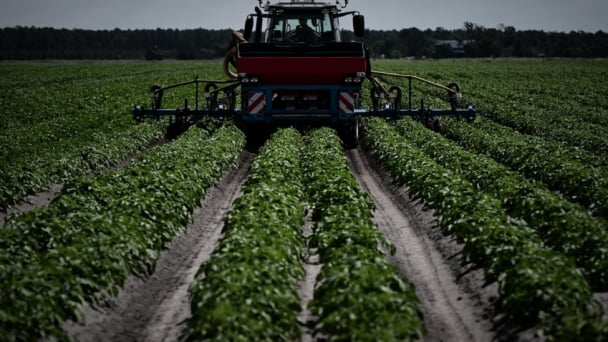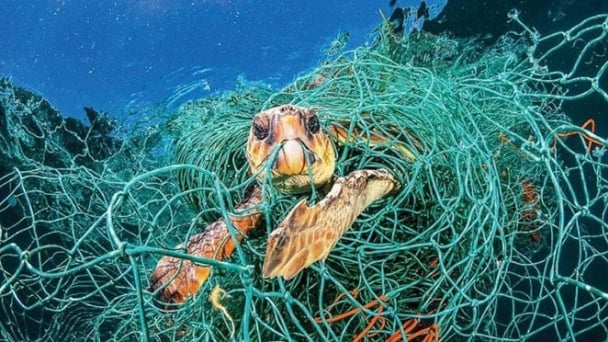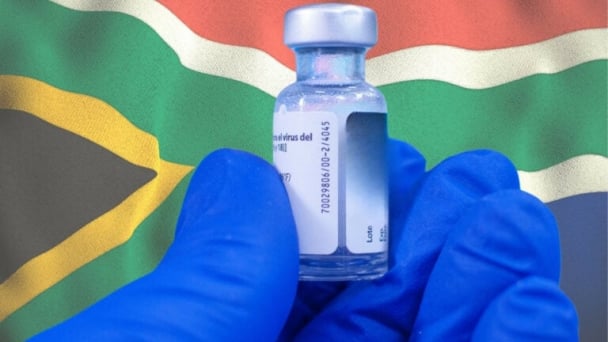June 18, 2025 | 11:16 GMT +7
June 18, 2025 | 11:16 GMT +7
Hotline: 0913.378.918
June 18, 2025 | 11:16 GMT +7
Hotline: 0913.378.918

Specialist units are testing the possible cause of diarrhea in dairy cows in Lam Dong. Photo: Tung Dinh.
A document was sent to Lam Dong province by the Ministry of Agriculture and Rural Development (MARD) on August 9, which outlined the implementation of measures to prevent and combat diarrhea in dairy cows.
Therefore, on August 7, Deputy Minister Phung Duc Tien instructed the Department of Agriculture and Rural Development and the Department of Animal Health in Lam Dong province to concentrate on corrective measures promptly on receiving information from the local area.
On the morning of August 8, Deputy Minister Phung Duc Tien hosted a meeting with specialized divisions of the Department of Animal Health and concurrently engaged in direct discussions with Lam Dong province. He also instructed the leadership of the Central Veterinary Medicine Joint Stock Company (Navetco) to ensure that the required chemicals, medications, and vitamins were available to implement corrective measures on the same day.
The working group from the Department of Animal Health and the specialized agency in Lam Dong was directed by the Deputy Minister to continue closely monitoring the field, investigating to determine the cause, and overseeing technical measures by August 9.
After receiving the local report on August 7, 2024, the Department of Animal Health formed a working group that included the Director, Deputy Director, and representatives from relevant units. The group was tasked with the coordination of the implementation of measures to prevent and combat the disease, as well as the investigation and identification of the cause in Lam Dong.
The working party of the Department of Animal Health visited households with sick and deceased cattle on the night of August 7 and the following day to collect samples for investigation and identification of the cause.
The laboratories of the Department of Animal Health will conduct tests and identify potential agents that cause diarrhea in cattle on the nights of August 8 and August 9. These tests will include viral diarrhea with mucous membranes in cattle, lumpy skin disease, bacterial diseases caused by Clostridium perfringens, Salmonella, and E. coli, as well as certain types of mold and toxins. The initial results are anticipated to be available within 1-2 days.
To determine the cause, the working group gathered all used, empty vials of the irregular skin disease vaccine, partially used vials, and unused vaccine vials for meticulous preservation and sampling for analysis and testing.
Furthermore, data was gathered on the dairy cattle herds that were affected by diarrhea at the following locations: households that utilized the lumpy skin disease vaccine (vaccination time, total herd/household, number of cattle vaccinated against lumpy skin disease, number of cattle with diarrhea, number of cattle that died, etc.); households with cattle that had diarrhea and died but had not yet been vaccinated against lumpy skin disease in the same area (total herd/household, number of cattle with diarrhea, number of cattle that died, etc.).
Simultaneously, necropsies were performed, and samples of biological materials, lesions, and environmental samples were collected for examination, analysis, and cause identification.
In addition to the investigation of the cause, the MARD has, through the Department of Animal Health, directed the temporary suspension of the use of lumpy skin disease vaccine and other disease prevention vaccines in cattle throughout the province. This action is intended to facilitate the implementation of disease prevention and control measures, identify the cause of diarrhea in dairy cattle, and conduct ongoing investigations.
The Ministry of Agriculture and Rural Development (MARD) has requested that the People's Committee of Lam Dong province send leaders, representatives from the government, specialized agencies, and mass organizations to engage with and encourage livestock owners, particularly those with sick or deceased animals, in order to achieve the goal of stabilizing the situation.

The Ministry of Agriculture and Rural Development directs grassroots units to ensure concentrated and rough feed for cattle to improve resistance. Photo: Tung Dinh.
The objective is to reassure farmers, thereby motivating them to collaborate with the authorities and specialized agencies in the implementation of disease prevention and control measures, the investigation of the cause, and the urgent provision of instantaneous support solutions for livestock owners.
To coordinate the implementation of disease prevention and control measures and investigate the cause, MARD has instructed the Central Veterinary Medicine Joint Stock Company (Navetco) to dispatch company executives and highly specialized, experienced technical staff to the affected areas immediately.
The Ministry has also requested that the company promptly deliver and transport antibiotics, vitamins, electrolytes, and chemicals to Lam Dong province to assist in the prevention and control of the disease. Furthermore, they should collaborate with local authorities to implement assistance programs for households that have cattle that are either ill or deceased.
The Ministry has mandated that veterinary forces be designated to each household with livestock suffering from diarrhea in order to guide disease prevention and control measures and to isolate sick animals, for units under MARD.
It is recommended that livestock exhibiting symptoms be treated promptly with broad-spectrum antibiotics that are effective against intestinal bacteria. These antibiotics should be combined with other medications to treat diarrhea, as well as vitamins and electrolytes to enhance immunity, prevent dehydration, and reduce diarrhea in dairy cattle.
Furthermore, the health and immunity of the cattle should be enhanced by ensuring that there is an adequate supply of concentrated fodder and green roughage. To sanitize, clean, and detoxify facilities, farms, and surrounding areas where animals are sick or have perished, and where mandatory culling is necessary, enhanced sanitation measures should be implemented, such as the use of lime powder and chemical disinfectants.
To prevent the sale, transport, or slaughter of ill animals within the epidemic area, local management agencies must also enhance quarantine and slaughter inspections. The transport of livestock out of the commune, district, and provincial areas, particularly cattle and dairy animals that are susceptible to disease, must be strictly regulated.
Concurrently, it is imperative to inform, mobilize, and disseminate the disease prevention measures outlined above to farmers, cattle ranchers, and dairy cow companies in the province, prior to the onset of any indications of illness in their livestock.
Translated by Linh Linh

(VAN) According to the Binh Thuan Department of Industry and Trade, in the first five months of 2025, Binh Thuan's dragon fruit export turnover increased by 20.65% compared to the same period last year.

(VAN) EU countries on Thursday gave final approval to new tariffs on fertilizer imports from Russia, a move aimed at cutting off revenue that could support Moscow’s war in Ukraine, despite concerns from European farmers.

(VAN) The working delegation from the Ministry of Agriculture and Environment conducted an important trip to the Netherlands to strengthen strategic partnerships and sustainable development in the agricultural sector.

(VAN) The letter ‘A Plea from the Ocean’ not only evokes emotion but also awakens the human conscience to the responsibility of protecting life on Earth.

(VAN) The Department of Agriculture in South Africa has announced the country’s first mass vaccination of poultry to prevent local birds from contracting avian influenza.

(VAN) Establishment of the Mekong Delta Regional Agricultural Linkage Center, aiming for a closed value chain, deep processing, trading platforms, and international market connectivity.

(VAN) Gia Lai province has recently recorded 460 rare species of animals and plants, contributing to forest conservation and biodiversity planning in the region.